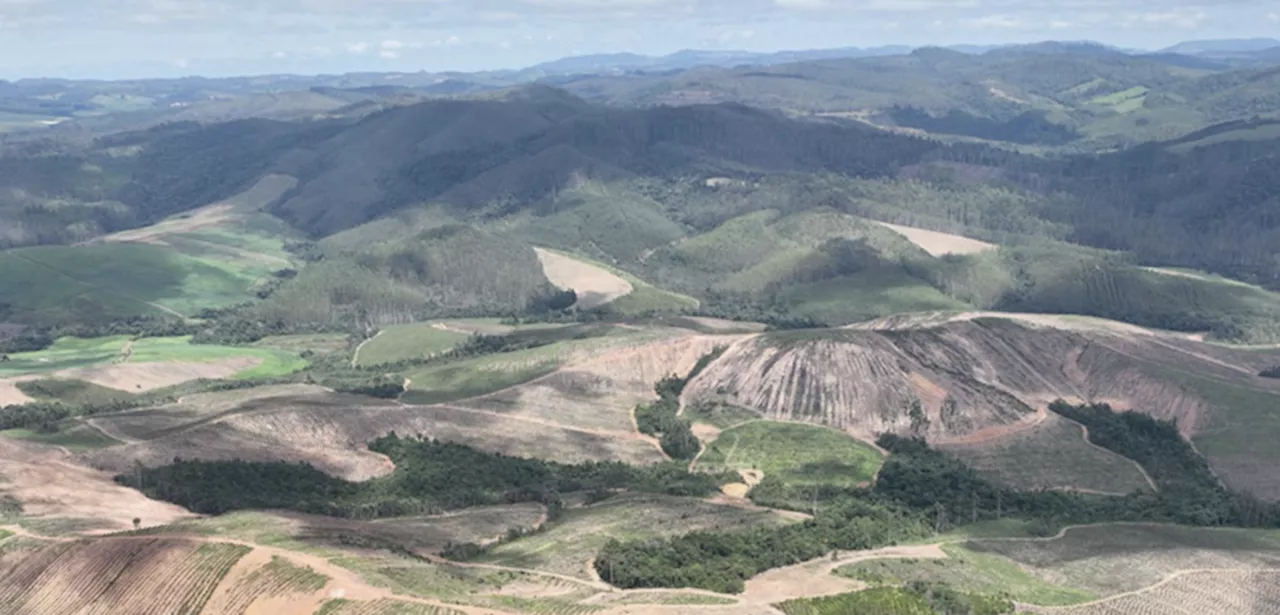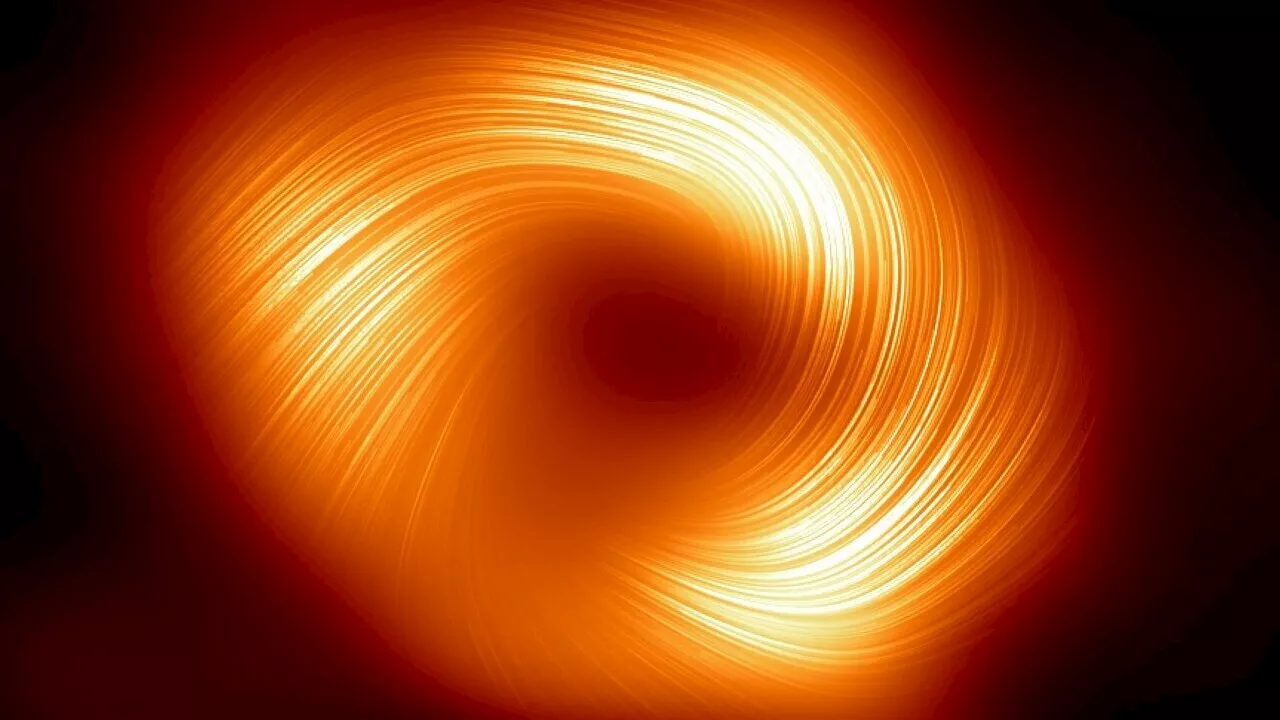Science, Space and Technology News 2024
A new study examines how decreased geomagnetic field intensity correlates with an increase in cosmogenic radionuclides like beryllium-10 during the Laschamps excursion, emphasizing its implications for Earth’s protection against space radiation. Credit: SciTechDaily.com
Research indicates a significant increase in cosmogenic radionuclides during the Laschamps excursion, pointing to reduced geomagnetic protection and potential biosphere upheavals. Earth’s magnetic field cocoons our planet from the onslaught of cosmic radiation streaming through space while also shielding us from charged particles hurled outward by the sun. But the geomagnetic field is not stationary. Not only does magnetic north wobble, straying from true north , but occasionally, it flips. During these reversals, north becomes south, south becomes north, and in the process, the intensity of the magnetic field wanes.
Variations in cosmogenic radionuclides like beryllium-10 provide an independent proxy of how Earth’s paleomagnetic intensity changed. Indeed, Panovska found that the average production rate of beryllium-10 during the Laschamps excursion was two times higher than present-day production, implying very low magnetic field intensity and lots of cosmic rays reaching Earth’s atmosphere.
To learn more about this work, Panovska will give an oral presentation during session EMRP3.3 at EGU 2024 on Friday, 19 April, 14:05-14:15 CEST, Room -2.20SciTechDaily: Home of the best science and technology news since 1998. Keep up with the latest scitech news via email or social media.James Webb Space Telescope observations show no sign of heavy elements.
Indonesia Berita Terbaru, Indonesia Berita utama
Similar News:Anda juga dapat membaca berita serupa dengan ini yang kami kumpulkan dari sumber berita lain.
 Twinkle twinkle baby star, 'sneezes' tell us how you areResearchers have found that baby stars discharge plumes of gas, dust, and magnetic flux from their protostellar disk. The protostellar disk that surrounds developing stars are constantly penetrated by magnetic flux, and if too much magnetic flux remained, the resulting object would generate a magnetic field stronger than any observed protostar.
Twinkle twinkle baby star, 'sneezes' tell us how you areResearchers have found that baby stars discharge plumes of gas, dust, and magnetic flux from their protostellar disk. The protostellar disk that surrounds developing stars are constantly penetrated by magnetic flux, and if too much magnetic flux remained, the resulting object would generate a magnetic field stronger than any observed protostar.
Baca lebih lajut »
 Australian billionaire Gina Rinehart buys stake in rare earths producer LynasNo 1 source of global mining news and opinion
Australian billionaire Gina Rinehart buys stake in rare earths producer LynasNo 1 source of global mining news and opinion
Baca lebih lajut »
 US backs Australian rare earths project with $600m letter of interestNo 1 source of global mining news and opinion
US backs Australian rare earths project with $600m letter of interestNo 1 source of global mining news and opinion
Baca lebih lajut »
 US backs Australian, Brazil rare earths projects for up to $850 millionNo 1 source of global mining news and opinion
US backs Australian, Brazil rare earths projects for up to $850 millionNo 1 source of global mining news and opinion
Baca lebih lajut »
 Why Extrasolar Earths Will Also Have TreesI'm a science journalist and host of Cosmic Controversy (brucedorminey.podbean.com) as well as author of 'Distant Wanderers: the Search for Planets Beyond the Solar System.' I primarily cover aerospace and astronomy.
Why Extrasolar Earths Will Also Have TreesI'm a science journalist and host of Cosmic Controversy (brucedorminey.podbean.com) as well as author of 'Distant Wanderers: the Search for Planets Beyond the Solar System.' I primarily cover aerospace and astronomy.
Baca lebih lajut »
 Milky Way black hole has 'strong, twisted' magnetic field in mesmerizing new imageThe polarized light image gives us a 'new view of the monster lurking at the heart of the Milky Way galaxy,' according to the European Southern Observatory.
Milky Way black hole has 'strong, twisted' magnetic field in mesmerizing new imageThe polarized light image gives us a 'new view of the monster lurking at the heart of the Milky Way galaxy,' according to the European Southern Observatory.
Baca lebih lajut »
